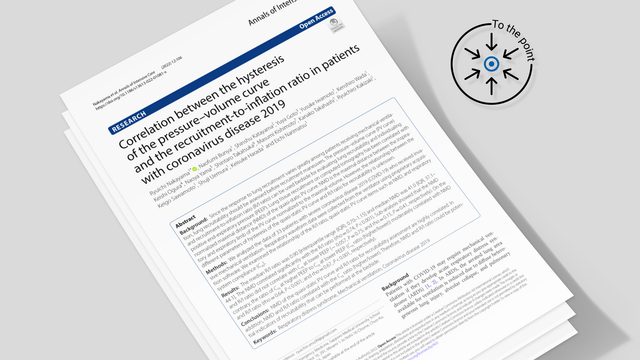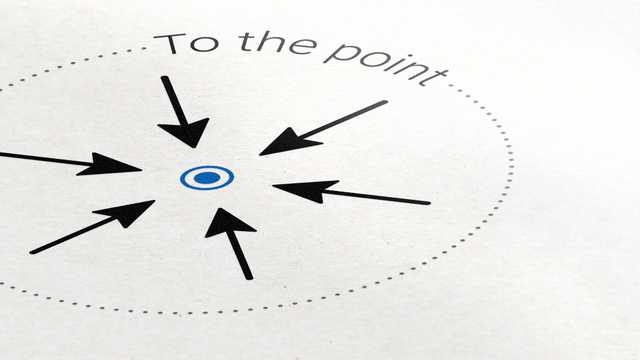
Author: Marcela Rodriguez Jimenez
Date of first publication: 06.02.2024
Last change: 04.04.2024
Removal of linked article on assessing recruitability - no new revisionThe authors' point? The normalized maximum distance on a quasi-static PV curve and the recruitment-to-inflation ratio can be used at the bedside as potential indicators of lung recruitability.

In mechanically ventilated COVID-19 patients, what is the relationship between lung recruitability assessments based on the low-flow quasi-static pressure-volume (PV) curve and the recruitment-to-inflation (R/I) ratio?
| Inclusion criteria | Exclusion criteria |
| Aged 18 years or older | Under 18 years of age |
| Diagnosis of COVID-19 confirmed by polymerase chain reaction or quantitative antigen testing of nasal swabs | No recording of respiratory data by Datalogger 5.00 |
| Simultaneous evaluation of the quasi-static PV curve and the R/I ratio using Datalogger 5.00 | |
Interventions | ||
| Quasi-static PV curve | R/I ratio (Recruitment-to-inflation ratio) | Recruitability assessment |
|
|
|
Measurements and main results | ||
| Enrollment and baseline characteristics | Correlation between NMD and R/I ratio | Relationship between compliance and recruitability items |
|
|
|
There is a strong correlation between NMD of the quasi-static PV curve and the R/I ratio for recruitability assessment. In addition, NMD and the R/I ratio correlate with the Crs ratio (higher/lower). Therefore, NMD and the R/I ratio could be potential indicators of recruitability that can be performed at the bedside.
Hamilton Medical offers an extensive range of educational material on use of the P/V Tool for assessing recruitability, performing recruitment maneuvers, and setting PEEP. Follow the link below to access articles, videos, e-learning modules, and more.

We bring you the key findings from key papers.
Get the lowdown on milestones in medical research. Read the key facts and findings from watershed papers in an easy‑to‑digest format.